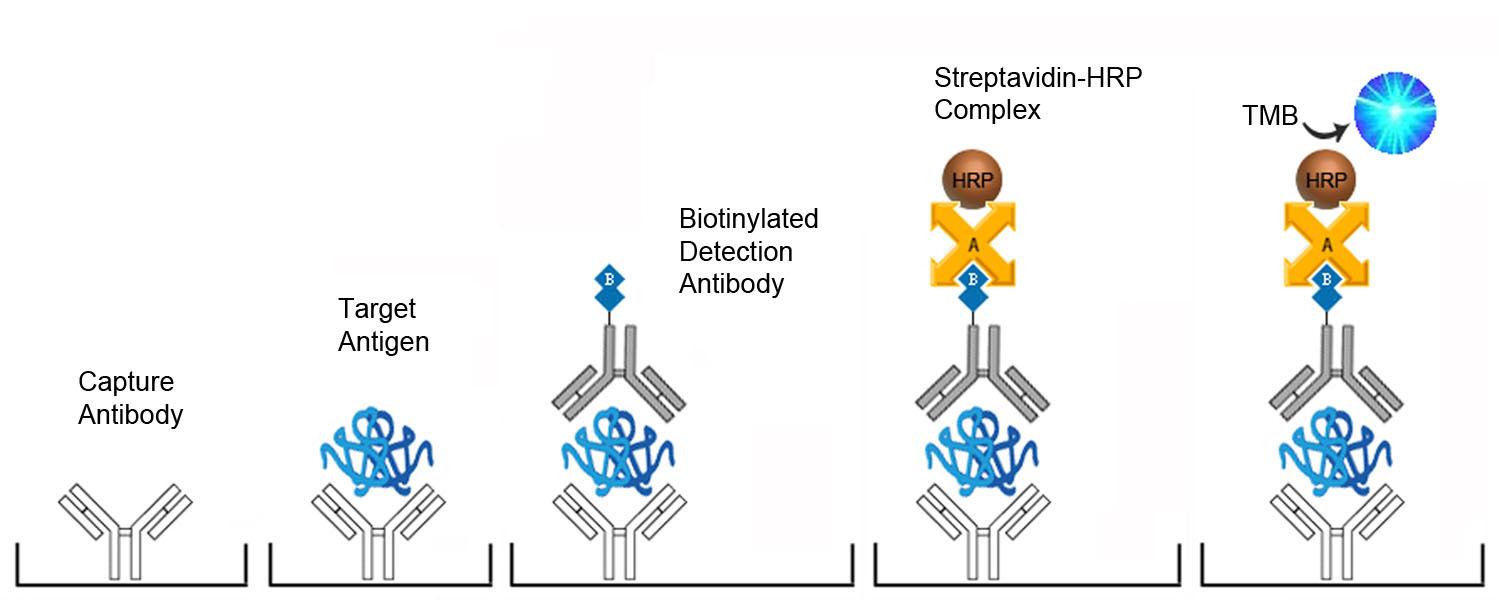The enzyme-linked immunosorbent assay (ELISA), also referred to as enzyme immunoassay (EIA), is a popular immunological examination done to detect the antibodies, antigens, peptides, proteins and, glycoproteins in biological samples. This analysis is convenient, fast, easy to perform, and can produce results from both quantitative and qualitative data.
Therefore, ELISA kits are widely used for biomedical research, detection, and diagnostic purposes. There are many ELISA tests such as a direct, indirect, sandwich, and competitive ELISA. You can also visit www.bosterbio.com/human-mag-picokine-elisa-kit-ek2061-boster.html to get MAG elisa.
Here are some points to help you choose the right ELISA test kit:

Image Source: Google
• Test type – If you are working on samples for classic models such as humans or mice, it will be easier to find an official ELISA kit.
• However, if the sample to be tested comes from a non-classical model such as monkeys, the number of available ELISA kits is limited. You should always consider the physiological structure of the species under study before selecting an approved ELISA kit.
• Think about the quality of the sample (analyte) to be detected – It is important to know the type of analyte (common protein) you are finding. The sandwich ELISA test is best for detecting large proteins with multiple epitopes, such as cytokines, whereas competitive ELISA is used to identify small molecules as haptens.
• Antibody Type – Contact the supplier of the ELISA kit for information about the type of antibody (such as a monoclonal or polyclonal antibody) used in this kit. For example, it is advantageous to use polyclonal antibodies for capture and monoclonal antibodies for detection for sandwich ELISA assays.
• Determination of analysis objectives – ELISA analysis was used to determine quantitative and qualitative results. Qualitative ELISA determines the simple positive or negative result of a sample, whereas quantitative ELISA shows the concentration of the analyte through a standard curve.
